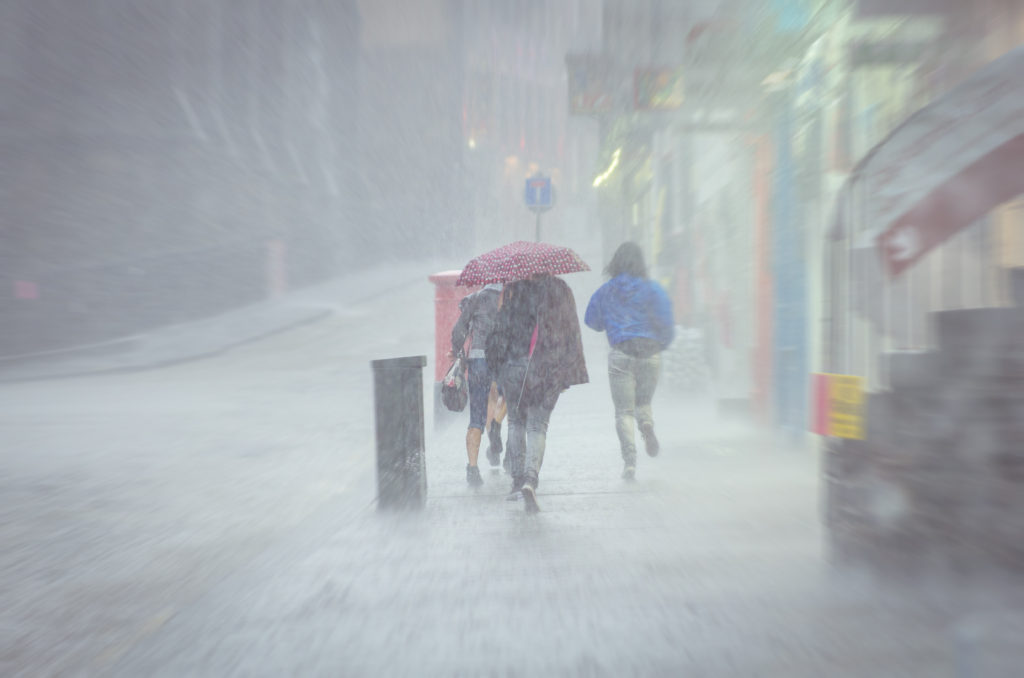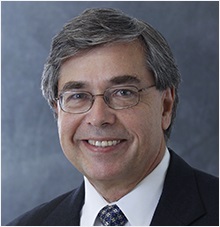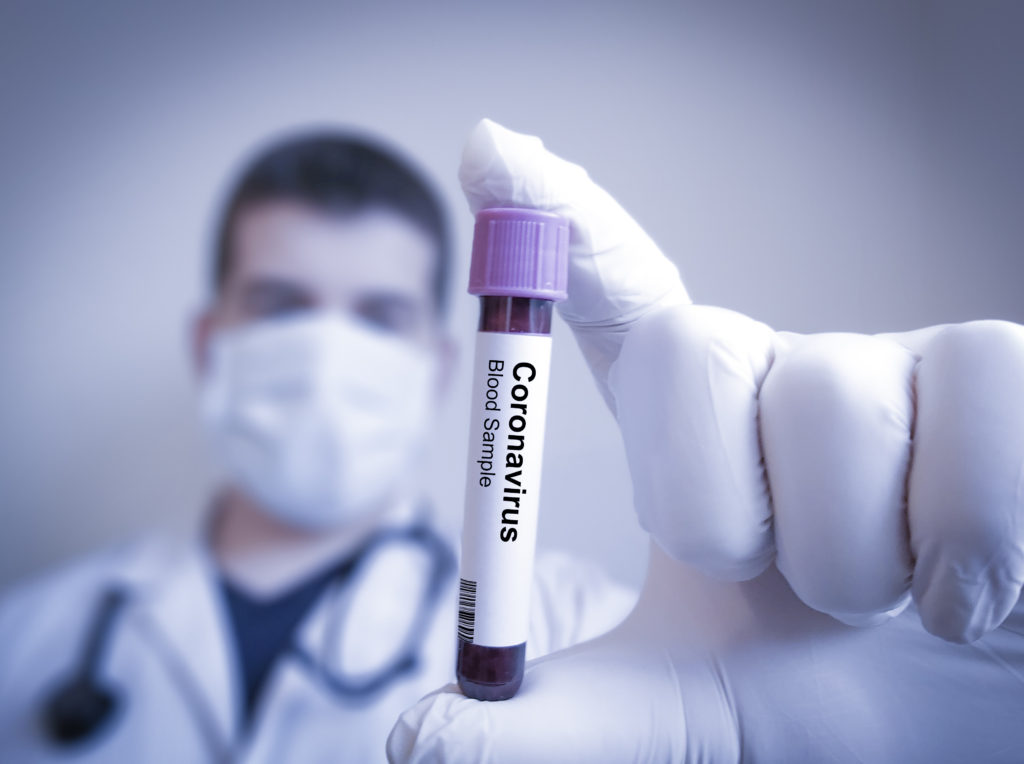A recent decision from the U.S. Court of Appeals for the Fifth Circuit held that a higher deductible applied (so as to bar recovery for the policyholder), but reaffirms that policies covering the peril of windstorms include damages due to heavy rains and flooding accompanying hurricanes. The decision also serves as a warning for policyholders with high deductibles to buy deductible buyback insurance before hurricane season strikes.

The Pan Am Equities Decision
Pan Am Equities Inc. v. Lexington Insurance Co. presented the issue of which deductible to apply under a commercial property policy.[1] After Hurricane Harvey drenched the greater Houston area in more than 60 inches of rainfall, the policyholder suffered more than $6.7 million in flood damage to two of its properties.[2] The policyholder had a commercial property policy with two different deductibles: a $100,000 flood deductible, and a windstorm deductible with the following language:
5% of the total insurable values at the time of the loss at each location involved in the loss or damage arising out of a Named Storm (a storm that has been declared by the National Weather Service to be a Hurricane, Typhoon, Tropical Cyclone, Tropical Storm or Tropical Depression), in Tier 1 Counties including Florida, regardless of the number of coverages, locations or perils involved (including but not limited to all Flood, wind, wind gusts, storm surges, tornadoes, cyclones, hail or rain) and subject to a minimum deductible of $250,000 any one occurrence.[3]
A deductible is “a clause in an insurance policy relieving the insurer of responsibility for an initial specified small loss of the kind insured against.”[4] An insurer’s duty to pay only kicks in after the policyholder’s losses exceed the amount of the deductible. “The purpose of a deductible is to shift some of the insurer’s risk to the insured, which is accomplished by setting a limit on the value of covered losses below which the insurer is not obligated to pay.”[5] The calculation of a policy’s deductible is thus extremely important because if the policyholder’s losses don’t exceed the deductible, the insurer doesn’t have to pay anything.
In Pan Am, the total insurable value of the policyholder’s two properties exceeded $190 million.[6] If the $100,000 flood deductible applied, the policyholder could recover most of its losses.[7] However, if the windstorm deductible applied, the insured would not recover anything, because its $6.7 million in losses would not exceed the deductible (5% of the $190 million in total insurable values).[8]
The district court held that the higher windstorm deductible applied because the flooding that damaged the policyholder’s properties resulted from Hurricane Harvey, which was a windstorm.[9] Critically, the court noted that a hurricane is a windstorm by any definition.[10] The policyholder tried to argue that the windstorm deductible only applied to wind damage, but the court rejected this argument, noting that the windstorm deductible did not apply only to wind damage.[11]
On appeal, the Fifth Circuit affirmed, holding that the windstorm deductible applied to all loss due to windstorm, including flood damage to the policyholder’s buildings.[12] The court again rejected the policyholder’s argument that the windstorm deductible only applied to wind damage.[13]
Pro-Policyholder Implications of Pan Am Equities
While the Fifth Circuit ruled in the insurer’s favor in Pan Am, the decision may benefit policyholders more than insurers. Specifically, the policy at issue in Pan Am did not define what the term “windstorm” meant.[14] The Pan Am decision affirms that a hurricane is a type of windstorm[15] and hurricanes usually involve heavy rains.[16] Many policies provide coverage for the peril of windstorms and insurers routinely argue that the peril of windstorm does not include flooding.
The implication of the Pan Am decision is that the windstorm peril includes damage caused by heavy rains and flooding associated with storms such as hurricanes. This is a heavy blow to insurer attempts to distort the plain meaning of their policies as somehow only covering wind damage.
The Importance of Deductible Buyback Coverage
Policyholders can also take steps to minimize their potential exposure by purchasing deductible buyback insurance. A commercial property policy may have a relatively low flood deductible, but if the insured property suffers flood damage from a windstorm (such as Hurricane Harvey), Pan Am Equities holds that, in certain circumstances, the higher windstorm percentage deductible may apply.
Policyholders should consider purchasing deductible buyback insurance. These policies buy back, or restore, coverage for large deductibles under commercial property policies. For policyholders based in high-risk areas such as the Gulf Coast, now is a good time to review your coverage, before hurricane season arrives. As Pan Am makes clear, total insured value percentage deductibles for windstorms may leave businesses exposed to the elements when the next hurricane strikes.
This Article was also published in Law360.
[1] No. 19-20363, 2020 WL 2709351 (5th Cir. May 26, 2020).
[2] Pan Am Equities, Inc. v. Lexington Ins. Co., No. H-18-2937, 2019 WL 2115173, at *1 (S.D. Tex. May 2, 2019).
[3] Id.
[4] Penthouse Owners Ass’n, Inc. v. Certain Underwriters at Lloyds, London, 612 F.3d 383, 387 (5th Cir. 2010).
[5] Id.
[6] Pan Am, 2019 WL 2115173, at *2.
[7] Pan Am, 2020 WL 2709351, at *2.
[8] Id. at *1.
[9] Pan Am, 2019 WL 2115173, at *3 (citing Leonard v. Nationwide Ins. Co., 2006 WL 1674288, at *1 (S.D. Miss. June 13, 2006) (“a hurricane is a type of windstorm”).
[10] Id.
[11] Id.
[12] Pan Am, 2020 WL 2709351, at *3.
[13] Id. at *4.
[14] Id. at *1 n.1.
[15] Pan Am, 2019 WL 2115173, at *3.
[16] Id. (citing Seacor Holdings, Inc. v. Commonwealth Ins. Co., 635 F.3d 675, 681 (5th Cir. 2011)) (holding that “losses caused by a Named Windstorm, which under the policy’s definition includes hurricanes, could include losses caused by heavy rains”).







